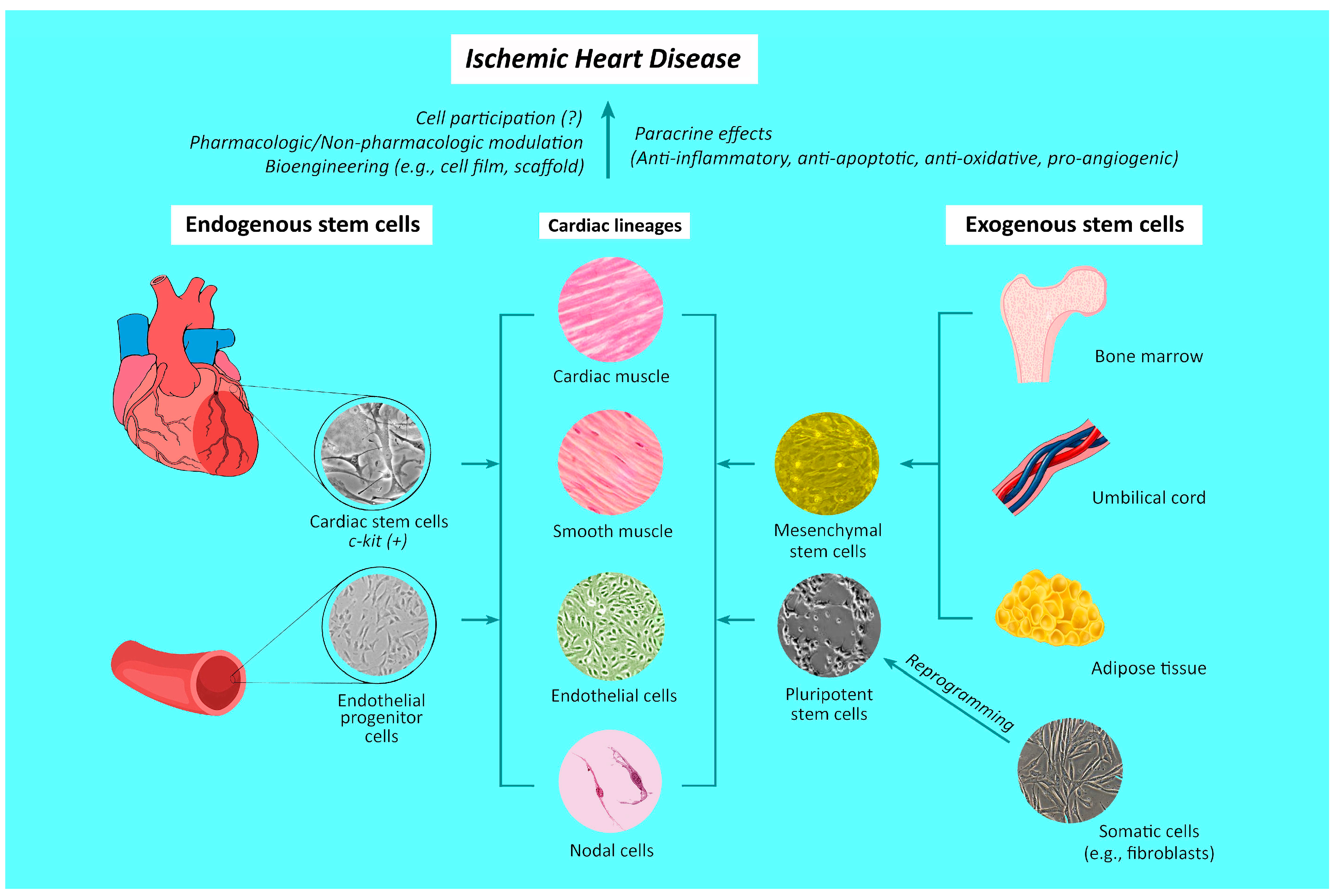Table of Contents
One is by transforming right into brand-new heart cells that replace broken ones. This entails releasing various factors that promote cells repair service and regrowth without really ending up being new cells.
The heartespecially after injuryisn't a welcoming place. It's hard for new cells to hold and also harder for the body to accept them. Also if the cells make it through, they still need to connect with the heart's electric system. Without the needed electric combining, the cells can't sync with the heart's all-natural rhythm.
Researchers are running clinical trials to identify what type of stem cells function best, exactly how to deliver them safely, and how to decrease the general dangers included. They are likewise working on remedies like using bioengineered helpful scaffolds or genetics modifying to enhance efficiency. Progress is being made on numerous fronts, and each study obtains us a little bit closer to making stem cell therapy a normal component of cardiac treatment.
There's also early proof that this therapy may minimize the threat of cardiac arrest after a cardiovascular disease. Stem cell treatment isn't a treatment allnot yetbut it's directing us in the appropriate instructions. As research study proceeds we might quickly see a future where the heart can do what as soon as seemed impossible: recover itself.

There are still difficulties, like cell survival and proper integration, progression is appealing. Future techniques and technologies like bioengineering and genetics editing and enhancing can unlock the full potential of stem cell treatments, supplying hope for people managing heart disease. With heart stem cells, there's a chance for your heart to recover itself, leading to far better results and a much healthier future.
Is stem cell therapy for Peripheral Artery Disease you should know about
There is no treatment technique that straight enhances the heart muscle other than stem cell therapy. Improvements at different levels were gauged in 87% of people obtaining stem cell therapy for heart failure and heart disease. Stem cells have the ability to deal with ill capillaries when they touch the ill vein wall and they're additionally used to treat cardiac arrest by developing into heart muscle cells if there is weak point in the heart muscles.
Treatment is carried out making use of endothelial, mesenchymal stem cells (acquired from the person's very own adipose cells or bone marrow) or fetal stem cells. Stem cells are provided intravenously to the person.
Atherosclerosis, i.e. vessel stiffness, is the main source of total stopping of blood circulation or lowered blood circulation. Numerous elements such as high cholesterol, hypertension, smoking cigarettes cause development of plaques in the vessel wall surface gradually and loss of flexibility of the vessel. These plaques grow in time, narrowing the vein and can prevent appropriate amount of blood from entering the vessel (chronic).
Heart disease treatments depend on the kind and intensity of the desease. Acute problems such as heart attacks need immediate medical interventions to lessen heart damages.
There is no therapy approach that straight reinforces the heart muscular tissue aside from stem cell treatment. Stem cells have the capacity to deal with unwell blood vessels when they touch the unwell vein wall. They're likewise used to treat cardiac arrest by developing into heart muscular tissue cells if there is weakness in the heart muscle mass.
Regenerative support for Atherosclerosis using stem cells
They accelerate the treatment of heart muscle swelling and swelling. Endothelial stem cells (treating capillaries) are used for vessel wall surfaces. These stem cells are primarily stemmed from bone marrow. Mesenchymal or fetal stem cells are made use of together to treat other aspects influencing the condition. By doing this, the heart muscle, the basic autoimmune system and various other aspects are dealt with.

The variety of cells to be administered is figured out according to the age and weight of the patient. Treatment is accomplished using endothelial, mesenchymal stem cells (originated from the client's own fat or bone marrow) or fetal stem cells. The decision is made according to the patient's condition.
It raises within a couple of hours after heart is damaged and remains in such degrees for approximately 2 weeks. CK-MB - a special form of Creatine Kinase enzyme, which is primarily found in heart muscle. This enzyme increases when the heart muscle mass cells are damaged. Myoglobin - is a protein that is launched right into the blood when the heart or other skeletal muscle mass is hurt.
Table of Contents
Latest Posts
New hope for Peripheral Artery Disease using stem cells
Breakthroughs in stem cell therapy for Peripheral Artery Disease and what patients are saying
Inside look at how stem cells help with Atherosclerosis
Navigation
Latest Posts
New hope for Peripheral Artery Disease using stem cells
Breakthroughs in stem cell therapy for Peripheral Artery Disease and what patients are saying
Inside look at how stem cells help with Atherosclerosis